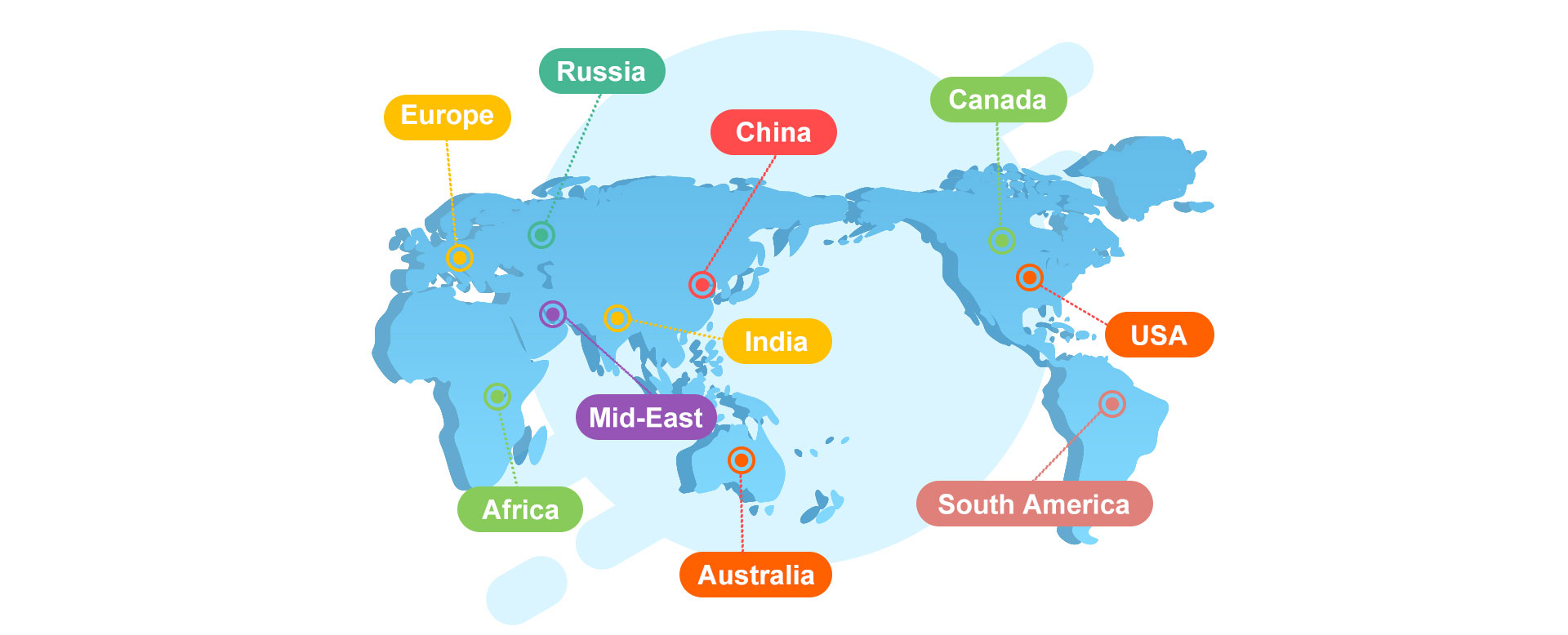How much do you know about snowmaking machines?
The principle of snowmaking machines is based on the artificial creation of snowflakes. They typically operate by mixing water with air and then spraying the mixture into a low-temperature environment, utilizing temperature differentials and gas pressure drops to form snowflakes. In snowmaking machines, water is pumped under pressure to high-pressure nozzles, where it is mixed with compressed air, forming tiny water droplets. These droplets rapidly cool and crystallize with the aid of nucleation, ultimately forming snowflakes.
Snowmaking machines have a wide range of applications in various settings, primarily including:
Ski Resorts: For ski resorts lacking sufficient natural snowfall, snowmaking machines are crucial for maintaining the skiing season. They can generate enough snow when needed, ensuring that skiing enthusiasts can enjoy quality slopes at any time.
Winter Sports Facilities: Ice rinks, snow parks, and other winter sports facilities often use snowmaking machines to create a winter sports atmosphere, attracting more visitors and sports enthusiasts.
Research and Testing: In scientific research and engineering testing, snowmaking machines also have unique applications. Researchers can use snowmaking machines to simulate different snow conditions and quantities for climate research, traffic safety testing, and more.
Snowmaking machines can be classified into different types based on their working principles and application scenarios, mainly including:
Compressed Air Snowmaking Machines: These machines utilize compressed air to spray water mist into the air, forming snowflakes. They are typically suitable for ski resorts and sports facilities in low-temperature environments.
Water Whirlwind Snowmaking Machines: Water whirlwind snowmaking machines generate high-speed rotating water columns through rotating nozzles, using centrifugal force to spray water mist into the air, forming snowflakes. These machines are suitable for a wider range of temperature conditions and can be used in relatively warm climates.
Supersonic Snowmaking Machines: Supersonic snowmaking machines accelerate water mist into the air using supersonic airflow, forming snowflakes. These machines can produce large quantities of snow in a short amount of time and are suitable for rapidly covering large areas.
With ongoing technological advancements and a focus on environmental friendliness, future trends in the development of snowmaking machines may include:
Energy Efficiency and Emission Reduction: Future snowmaking machines may focus more on energy conservation and reducing carbon emissions. This could involve adopting more efficient energy utilization methods and environmentally friendly manufacturing materials to minimize adverse environmental impacts.
Smart Control: Introducing advanced sensors and smart control systems would enable snowmaking machines to adjust intelligently based on meteorological conditions and snow trail requirements, improving snow quality and production efficiency.
Multifunctionality: Future snowmaking machines may incorporate additional functions such as snow removal and water resource recycling to meet diverse needs in different scenarios.
Snowmaking machines, as important winter climate control devices, are continually evolving and improving, providing people with more convenient and efficient snow activities experiences while also presenting broader application prospects.







